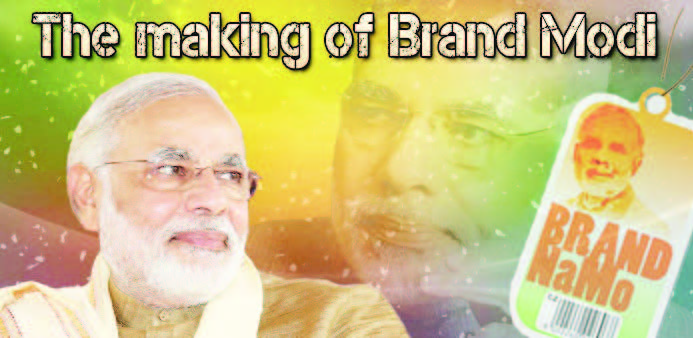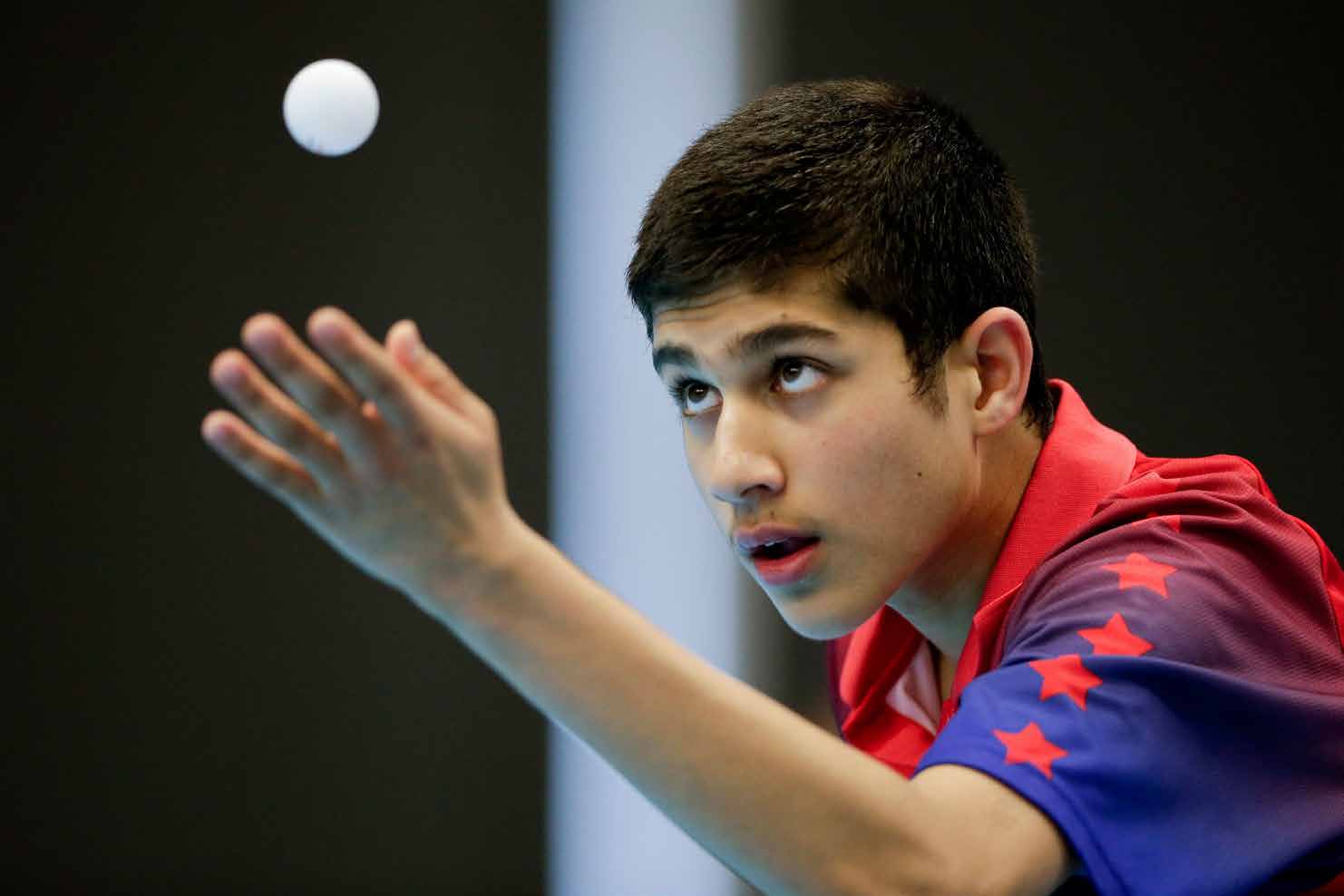
NEW DELHI (TIP): Not rich, notmiddle class, not BPL, is quite a mouthful. But shrunk to NRMB, the acronym stands for 70 crore Indians tagged by Rahul Gandhi as a vibrant vote bank sandwiched between poverty and middle class status.
Congress is busy devising poll hooks for this section that party strategists feel can be welded into a powerful support base that aspires to be middle class but is acutely vulnerable to economic and political shocks. Speaking at the Congress plenary last week, Rahul Gandhi pledged concrete measures for “daily wagers, painters, builders, carpenters, farm labour and street vendors”, a section above the poverty line but often only just.
The number crunching leading to the 70 crore estimate rests on assuming Rs 1000 per person per month as the threshold for poverty, in line with the official poverty line – currently under review —at Rs 960 a month. Having coined the acronym NRMB, the Congress backroom calculates those earning between Rs 1000 to Rs 15,000 fit the bill for Rahul’s definition of incomes susceptible to even minor flux like illness of an earning member or economic change.
Based on these benchmarks, the BPL population is pegged at 36 crore and the middle class, assuming Rs 1 lakh per person a month as a cut off, is around 16 crore. Of these, the rich, largely immune to inflation, are seen to number 50 lakh. Congress’s manifesto, currently in the works, is expected to flesh out Rahul’s lengthy reference to NRMBs, an acronym that has gained salience in the party back room.
Congress sources argue that it is the in-between NRMBs who need most attention as the BPL have schemes like rural employment guarantee and food security while the middle class benefit most directly from liberalization. Rahul’s target is to mobilize the support of a section that the party sees as a vote that could be lured by BJP leader Narendra Modi‘s promise of a “better tomorrow” comprising higher incomes, more jobs and housing. Interestingly, Modi has also spoken of a “neo middle class”, with stakes in the growth opportunities unleashed by liberalisation and pointedly thanked this section of voters after winning the 2012 Gujarat election.
A 2012 paper by the center for global development looked at the National Council of Applied Economic Research definition of middle class as two subgroups : “seekers” with annual household income between Rs. 200,000 and Rs. 500,000, and “strivers” with incomes between Rs. 500,000 and Rs. 1 lakh. “Assuming an average household size of 5 people and converting into constant 2005 purchasing power parity (PPP) dollar, these numbers would be about $8 to $20 per capita per day for seekers, and $20 to $ 40 per capita per day for strivers,” the paper says.
Congress strategists have accepted this premise in the context of the household survey conducted in 2004/2005 that concludes that India‘s “middle class” doubled over the last decade, growing from 5.7% of all Indian households in 2001/02 to 12.8%. This corresponds to about 28.4 million households or 153 million people. The large slice of the population below this middle class and above BPL could be a deciding factor in the 2014 election, Congress feels. A conclusion that BJP might reach as well.





Be the first to comment